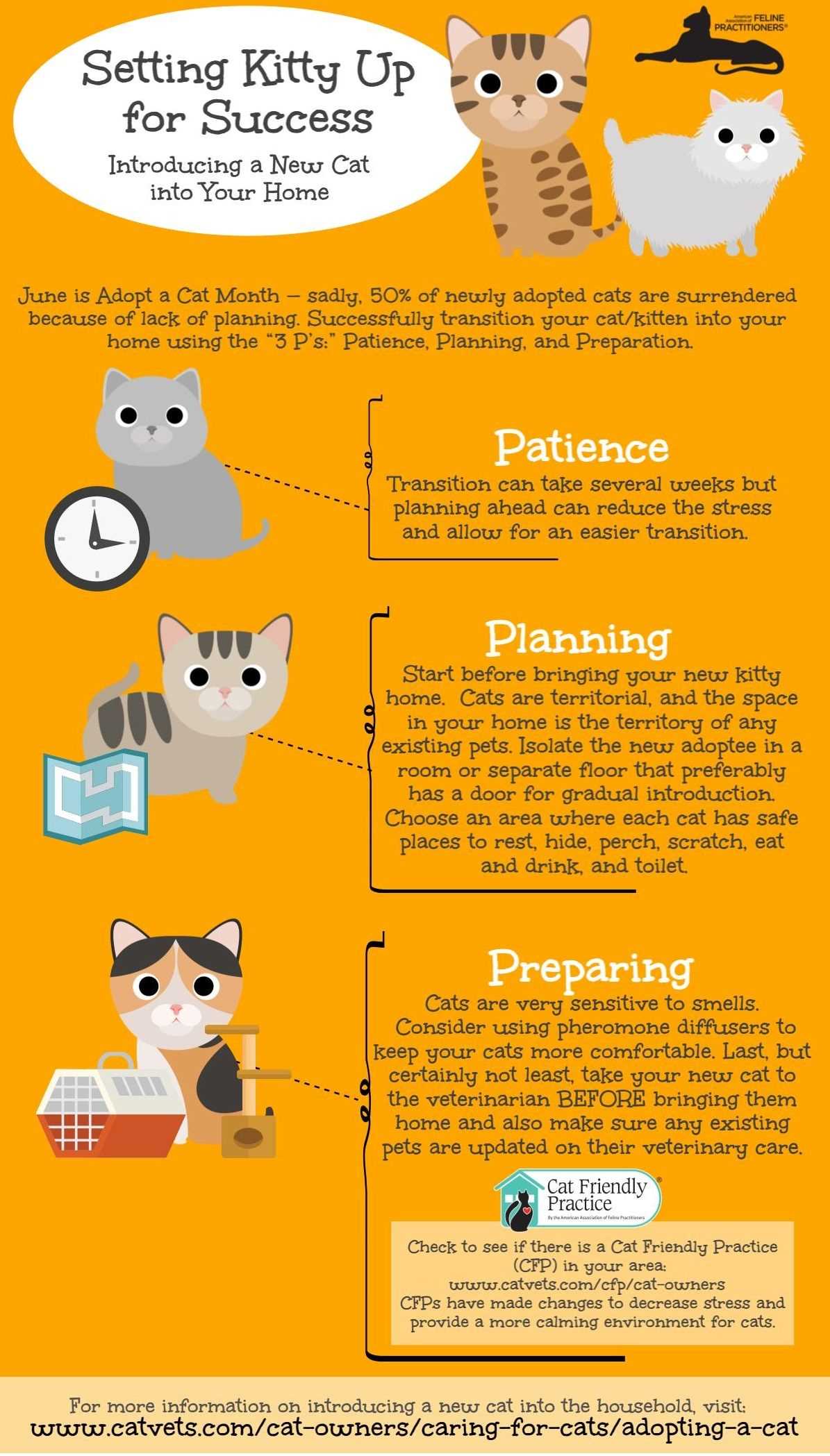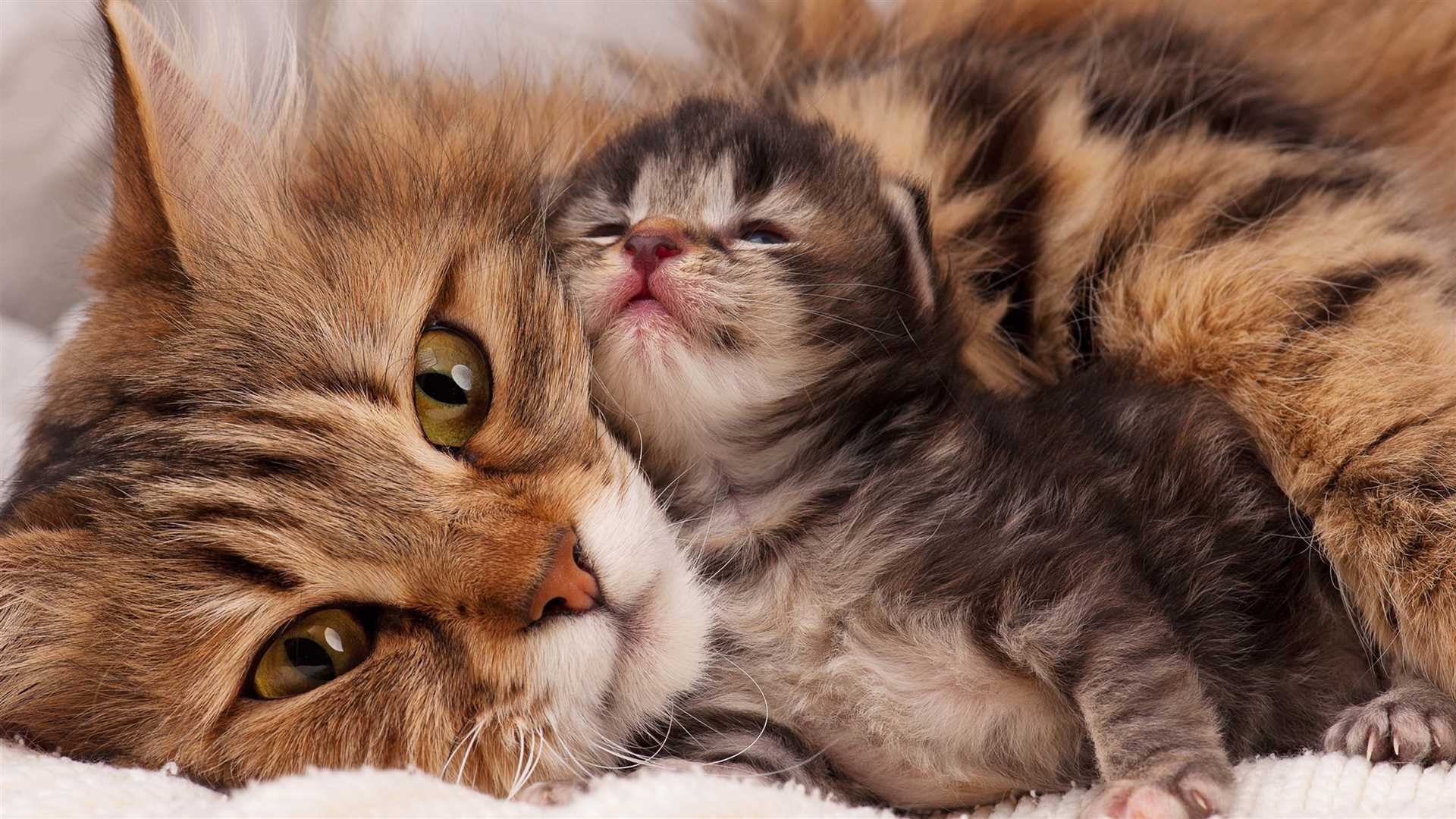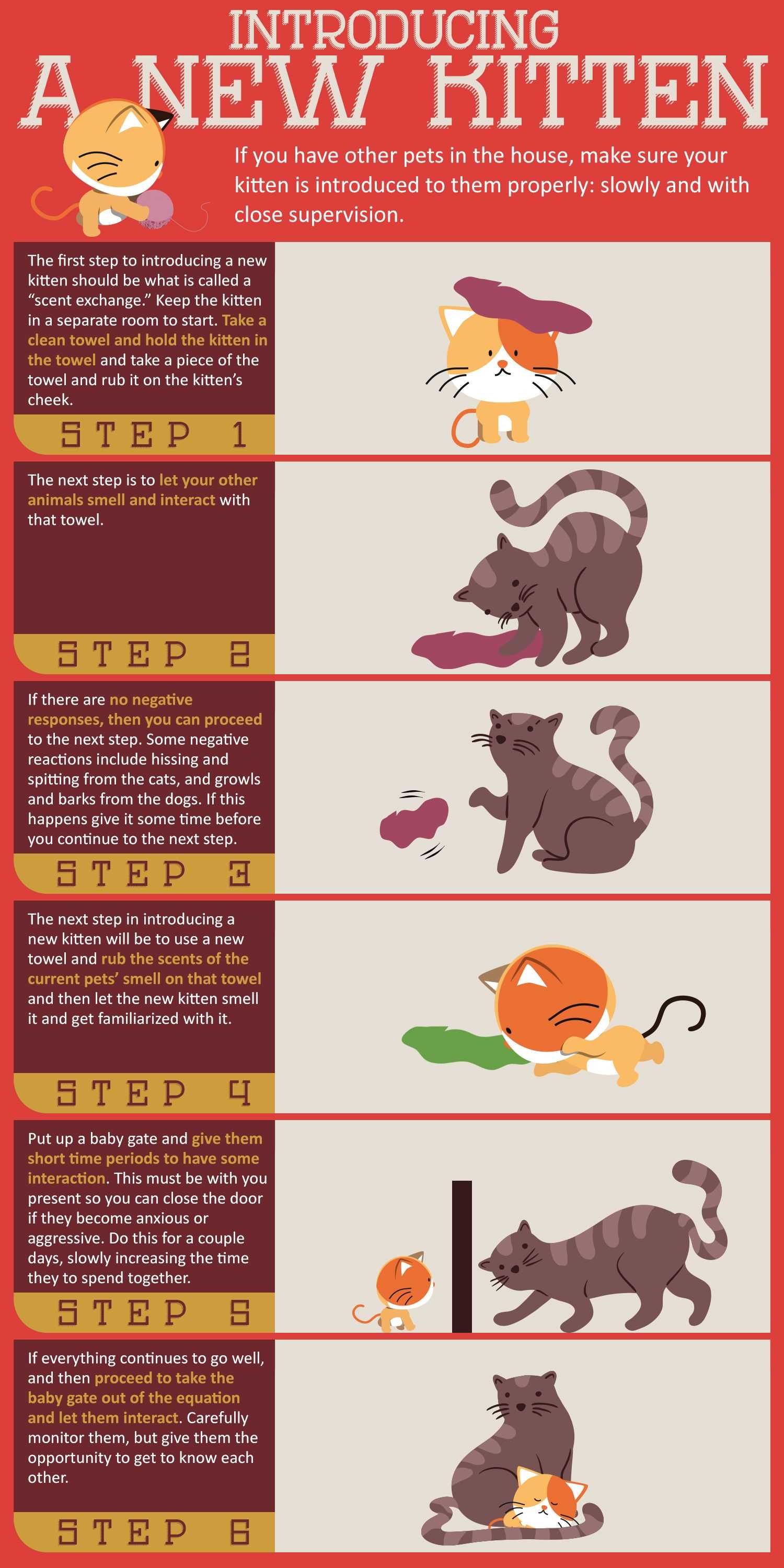

Allow a span of two to four weeks for a seamless transition between your household’s established resident and the newcomer. This period is crucial for creating a comfortable environment for both parties.
During the initial phase, keep the two separated. Provide distinct spaces, ensuring each has its own food, water, and litter box. This separation fosters familiarity with scents without direct confrontation.
After a week, start exchanging bedding between the two. This simple act allows them to get accustomed to each other’s scent without face-to-face interaction. Gradually, you can begin supervised visits, observing their reactions closely. Look for signs of aggression or fear, and adjust the pace accordingly.
Patience is key. Allow the relationship to develop at its own pace, respecting their individual comfort levels. Each cat has a unique personality, and some may take longer to adjust than others. By following this approach, you can foster a harmonious coexistence in your home.
Assessing Your Resident Cat’s Temperament

Begin by observing my behavior during daily routines. Notice how I react to changes in my environment, like new sounds or smells. A confident feline will show curiosity, while a shy one might retreat to a safe spot. Take note of my play style; whether I enjoy interactive toys or prefer solo play can indicate my sociability.
Pay attention to my body language. Ears held high and a relaxed tail often signify comfort, while flattened ears and a twitching tail may indicate stress or irritation. Understanding these signals helps gauge how I might respond to a companion.
Social Interactions
Monitor my interactions with visitors. If I welcome them with purring and rubbing, I likely have a friendly disposition. Conversely, if I hiss or hide, I might not appreciate new company. Frequent positive interactions with other pets can also indicate my readiness for a new friend.
Routine and Territory

Consider my established routines. I thrive on familiarity, so abrupt changes can be unsettling. If my territory includes specific spaces I claim as my own, it’s essential to respect those areas during any transition. Providing separate zones for a newcomer can ease tension and help me feel secure.
Preparing a Safe Space for the New Arrival

Setting up a designated area is key for my little companion’s comfort. Choose a quiet and cozy spot away from the hustle and bustle. A small room with minimal distractions works best. Include a soft bed, litter box, food, and water bowls. This creates a secure environment for the young one to acclimate.
Utilize baby gates or closed doors to separate spaces, allowing both of us to see and smell each other without direct contact. This gradual exposure is essential for reducing stress and potential conflicts.
Ensure the space is free of hazards. Remove any toxic plants, small objects that could be swallowed, and secure electrical cords. Safety is a top priority for both of us.
Interactive toys can provide entertainment and stimulation. Choose items that are safe and age-appropriate, avoiding anything that could pose a choking hazard. Keeping the area engaging helps the newcomer feel more at home.
Lastly, consider investing in protective gear, such as flea and tick collars for dogs and cats, to ensure both of us stay healthy during this transition. Establishing a safe zone is fundamental for a smooth adjustment process.
Monitoring Interactions and Recognizing Signs of Aggression

Keep a close watch on the behavior between the resident feline and the young one. Look for specific signs such as raised fur, hissing, growling, or intense staring. If I ever puff up my fur or flatten my ears, it’s a clear indication that I feel threatened. These behaviors can escalate quickly, so it’s wise to intervene before things get out of hand.
Establish a routine for observation during the initial encounters. Spend time in the same room but maintain a safe distance. Use treats or playtime to create positive associations. If either of us begins to show discomfort, it’s best to separate us and allow some time to cool off. It’s all about ensuring a peaceful coexistence.
Visual cues are vital. A relaxed body posture, slow blinking, and gentle tail movements signify comfort. On the contrary, if I’m stiff or my tail is flicking, that’s a warning. Pay attention to these signals as they can guide you on how to proceed.
Consider using barriers like baby gates or screens to allow us to see each other without direct contact. This way, I can assess the new arrival without feeling cornered. If you notice me constantly avoiding or hiding from the newcomer, that’s a sign I need more time before facing the situation again.
Finally, it’s helpful to create a distraction during tense moments. A favorite toy or activity can redirect attention and ease the tension. If you’re also considering outdoor cleaning and maintenance, check out the best pressure washer for flagstone to keep your environment tidy, which can contribute to a stress-free space for both of us.
FAQ:
How long does it usually take for a new kitten to adjust to a resident cat?
The adjustment period for a new kitten to become comfortable with a resident cat can vary significantly. Typically, it may take anywhere from a few days to several weeks. Initially, it’s important to keep the two cats separated to allow them to get used to each other’s scents and sounds. Gradually introducing them through supervised interactions can help. Some cats may adapt quickly, while others may take longer, so patience is key. Monitoring their behavior during this transition is essential to ensure a smooth introduction.
What steps can I take to make the introduction process easier for my new kitten and existing cat?
To facilitate a smoother introduction between your new kitten and existing cat, you can follow several steps. First, create a safe space for the kitten, equipped with its own food, water, litter box, and toys. This ensures that the kitten feels secure. Next, allow them to explore each other’s scents by swapping bedding or using a soft cloth to rub both cats, then letting them sniff it. After a few days, begin short, supervised meetings in a neutral area. Keep these interactions brief and positive, gradually increasing their time together as they become more comfortable. Always reward them with treats and praise during these sessions to create positive associations. If any aggressive behavior occurs, separate them and try again later. This process may take time, but a patient and gradual approach can lead to a harmonious relationship.









